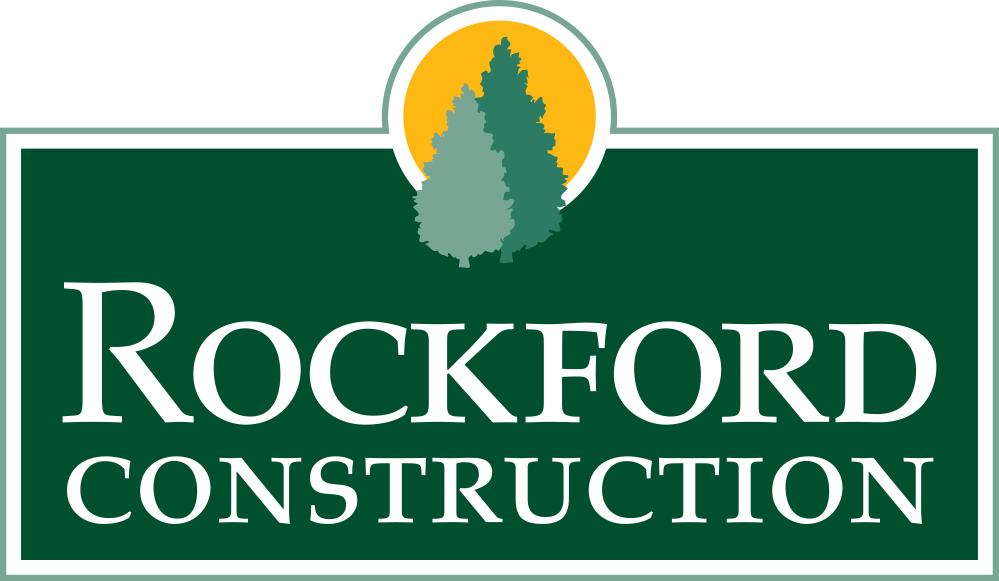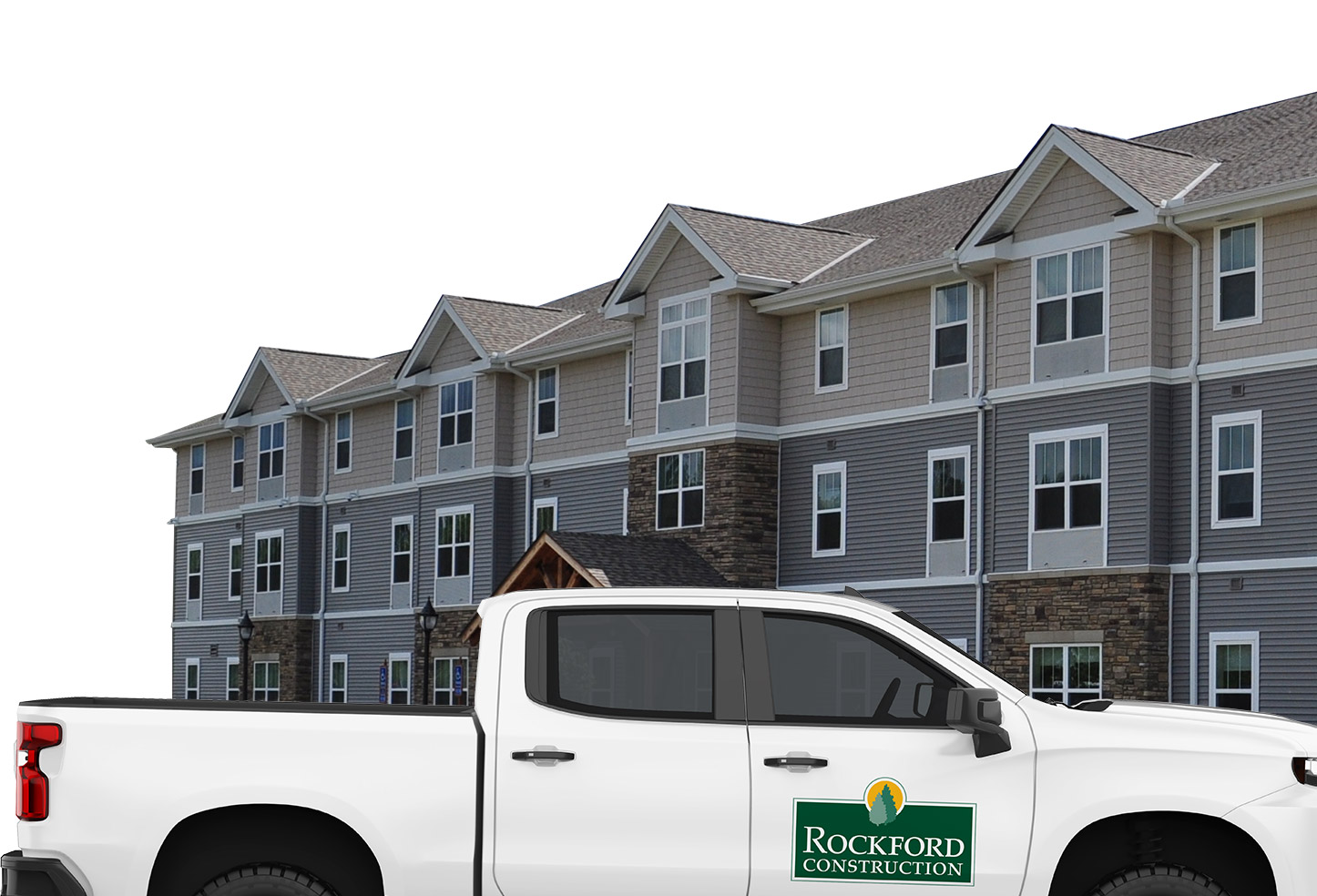Old age comes with challenges. Health will deteriorate, mobility can decrease, and your options for housing can become limited. As the Boomer population ages, the demand for senior housing is on the rise.
Developers underestimate the tremendous complexities involved in creating senior housing. Often developers think restricting the budget for development projects will be sufficient and also an incentive for affordable prices for tenants.
Senior Housing Development Options
Before we dive into why senior housing development projects are more complicated than you think, here are the most common senior housing development options:
Aging in Place
Aging in place describes a living situation where an older adult lives independently in their own home rather than moving to a retirement community or nursing facility. Modifications can be made to the family home to ensure that it is safe and accessible for older adults; these modifications will vary depending on the needs of the individual.
Assisted living
Assisted living facilities offer different care levels for older adults who require some assistance but can still live mostly on their own. At a minimum, these independent living communities will provide a room and private bathroom, as well as three meals daily. Additional services may include wellness programs, social activities, transportation to nearby medical offices and shopping areas, as well as housekeeping.
Age-restricted communities
Age-restricted communities offer a housing option for those who prefer to move into a community where they can enjoy activities and events with people of their own age and stage in life. These communities, which include apartments, townhouses, condominiums, and detached single-family homes can also be designed to cater to people with specific needs or interests.
Nursing homes
Nursing homes provide medical care and assistance with daily activities. These facilities tailor their services to fit the individual needs of each resident.
Co-housing
Co-housing is a choice where people live in private homes and share common areas like yards and community buildings. Here, seniors enjoy assisted living without the burdens and high costs of maintaining a larger house.
Continuing-care retirement communities (CCRC)
CCRCs aren’t just one type of senior housing, but instead, incorporate a combination of various senior housing options. For example, a CCRC can have assisted living, nursing homes, and senior apartments on the same property. This makes it easier for seniors to move from one stage to the other, as their needs shift.
Problems Associated with Seniors’ Housing Projects
Local senior housing development projects present an opportunity for developers, construction companies, and others in the industry to combine their passion with the wellbeing of older individuals across all economic demographics. With higher disposable income and greater financial flexibility, these seniors seek housing options that offer autonomy and high standards of living.
However, despite all this, developers are not jumping at the first chance of building a senior housing development. Here’s why:
Senior Living Facilities were Hit Hard by COVID-19
The ongoing COVID-19 pandemic has exposed the existing flaws in senior housing facilities. According to AARP Nursing Home COVID-19 Dashboard, COVID-19 has swept across the country, killing over 186,000 residents and staff of long-term care facilities and nursing homes.
One unique pitfall of senior housing construction is the deteriorating health of the residents. Although vaccines are now available, the elderly still remain at risk of experiencing the adverse effects of the virus.
From a logistical standpoint, COVID-19 caused an increase in resident turnover, leaving senior living facilities forced to replace an influx of rooms to keep afloat. It poses a problem to find new residents quickly.
Everyone Needs Livable, Urban, and Walkable Neighborhoods, Even Seniors
Today, senior housing is a mixture of both real estate and hospitality. The most successful senior housing developments are built upon a foundation of quality and care. Although the senior housing industry has made remarkable strides in the past 25 years, it is still a business.
However, some seniors want to still be a part of the hustle and bustle of everyday life, therefore investors are looking to build senior housing in urban areas.
Currently, many investors tend to overlook the core of the senior housing business, which is to offer reliable housing and care for seniors 24-hours a day. To be a successful senior housing construction investor, you need to install systems, processes, and procedures to ensure each senior is receiving quality care.
Seniors are Distributed Unevenly
As time goes by, there is a widening inequality within the senior population in many ways. Right now, we have the older population concentrated in struggling rural areas and ex-urban areas. Around 6 million seniors are spread out in rural areas where social and medical services are harder to provide and senior housing facilities are hard to come by.
Although concentration might mean more demand for senior housing developments, the demand for this type of housing is a bit different. Demand for senior housing development is most where the seniors’ adult children are located. This is because they are the final decision-makers when it comes to sending their parents to assistance facilities. For this reason, identifying areas to set up your new senior housing construction might be a little complicated compared to other housing options.
The Number of Low-Income Seniors Has Increased
Homeownership has been on a steady decline since 2004. This means that many new boomers might be unable to come up with the same levels of wealth for their retirement through equity building.
Depending on the senior housing complex, monthly rental payments can be at least $10,000, especially when skilled nursing and memory care is included. The national median income for seniors aged 75 and above is just under $30,000.
In most cases, income alone is not enough for most seniors. As an investor, it is important to consider whether the demographic of interest can cover the rental responsibility through a combination of assets and income.
Lack of Options and Diversity
Just as the country’s larger housing market has evolved, so must senior housing. The creation of senior housing as a viable sector has been hindered by three fundamental challenges: lack of access, limited affordability, and lack of transparency.
As a result, available options for housing units for seniors have been largely focused on high-cost options. These high costs, combined with the lack of diversity in the market and limited availability of units on the open market, have resulted in a lack of access to quality or affordable housing options for seniors.
Elderly residents need more choices when it comes to quality long-term housing options
Special Needs Accommodation and Operational Costs
In the wake of the COVID-19 pandemic, senior housing facilities now need to be designed to manage the transmission of infectious diseases among vulnerable residents. This means including areas like quarantine facilities while incorporating emergency plans and a stockpile of medical supplies.
If you’re considering investing in senior housing construction, you need to understand that there will be operational costs. This includes paying people to maintain the grounds, plan activities for the seniors, cook food, etc.
Interpersonal Conflict
Senior housing is different in that there’s a higher level of interaction. With that said, with too much interaction arises conflict. As a senior housing construction investor, you need to make sure that your housing community is well managed by a company in senior care.
The Bottom Line
According to the U. S government census, senior citizens will make up for roughly 20 percent of the population by 2029. Investing now in senior housing construction could be very rewarding in the next decade.
In fact, senior housing development investment remains steady even in times of economic shifts. As more retirees choose living communities over assisted living facilities or nursing homes, the demand for this kind of investment will continue to grow even in the next two decades.
If you have the funds to start investing and can mitigate all the hassles of senior housing construction, then this option is a great choice — it offers better returns in the short term and a more comfortable retirement in the long term.



